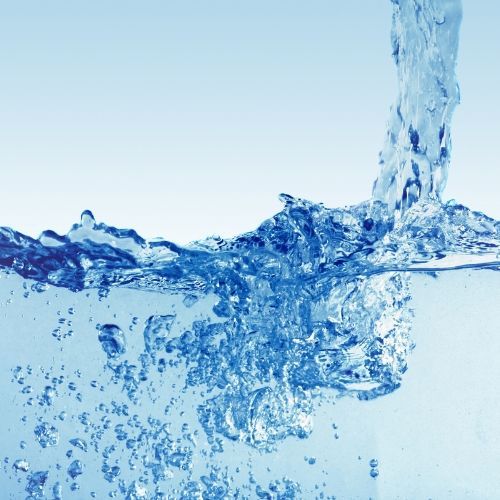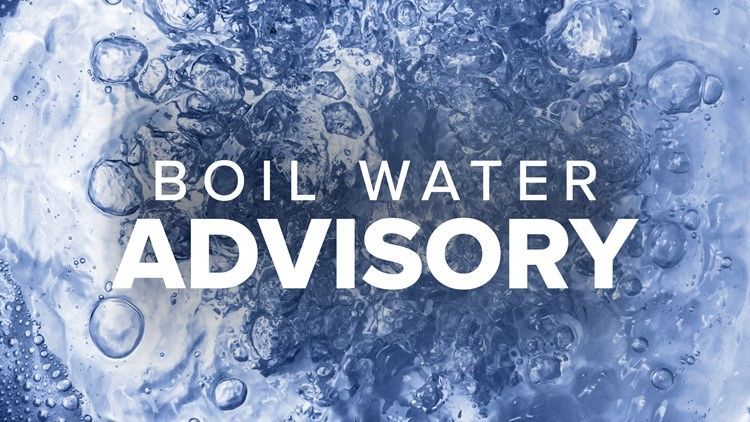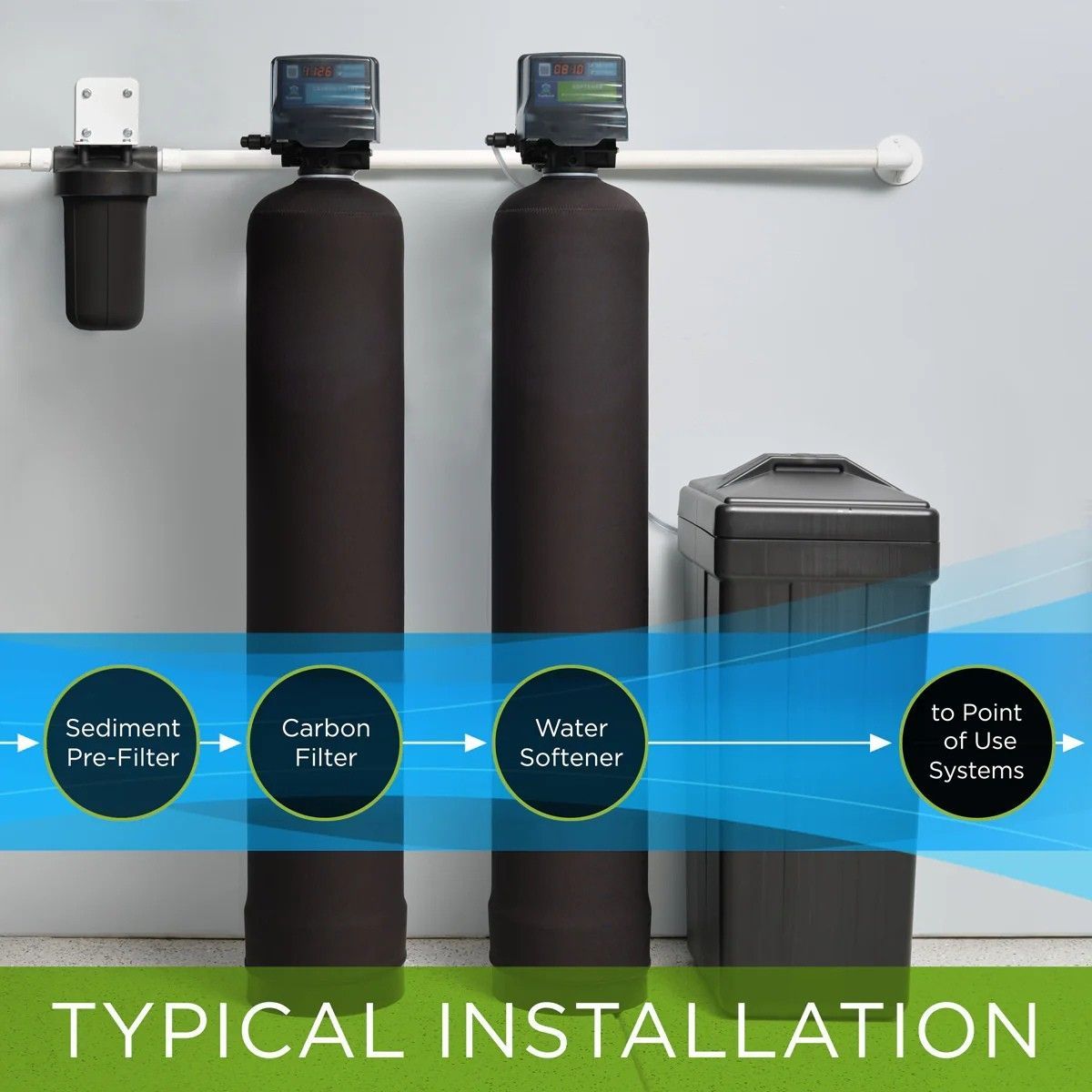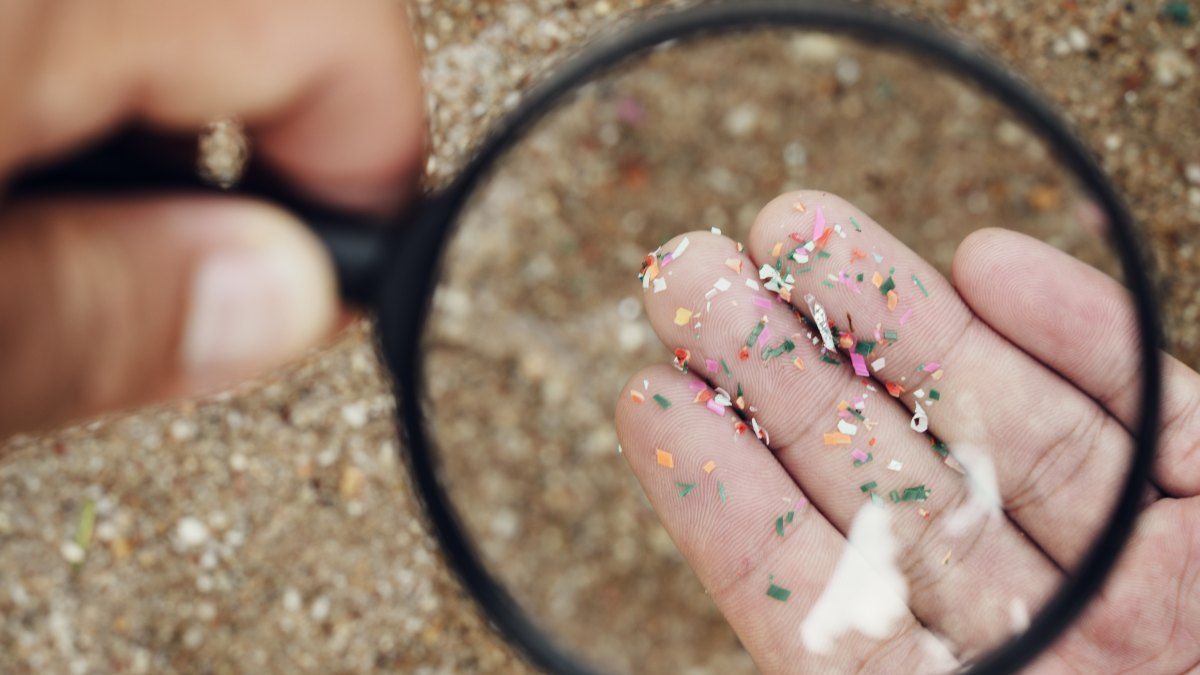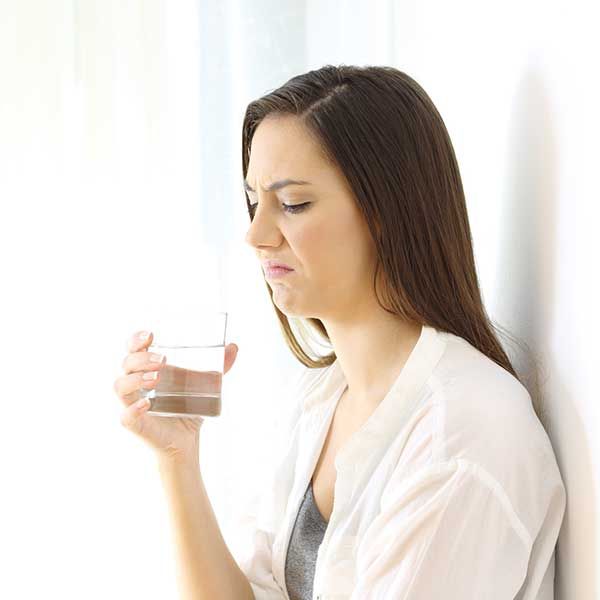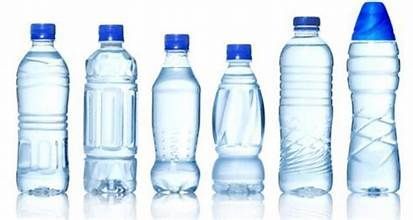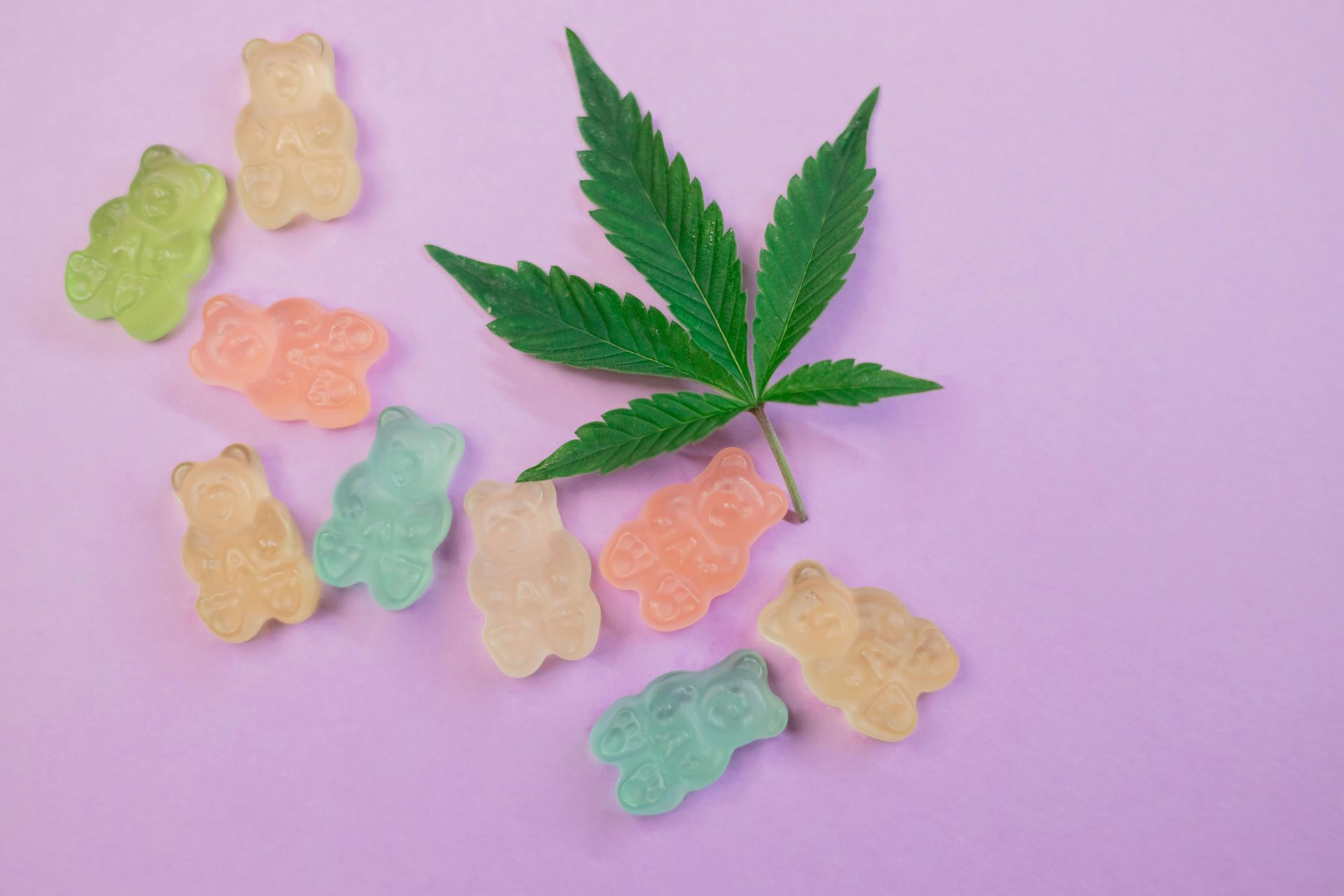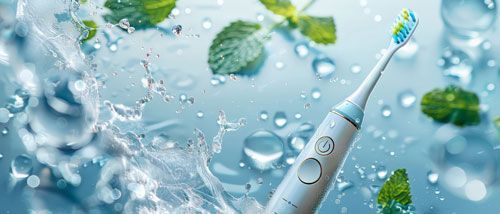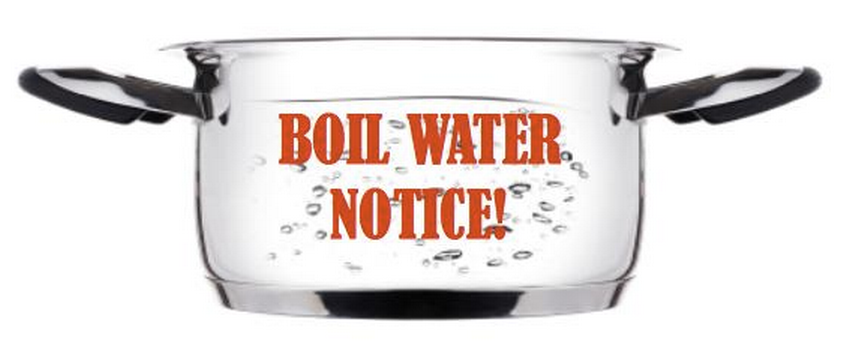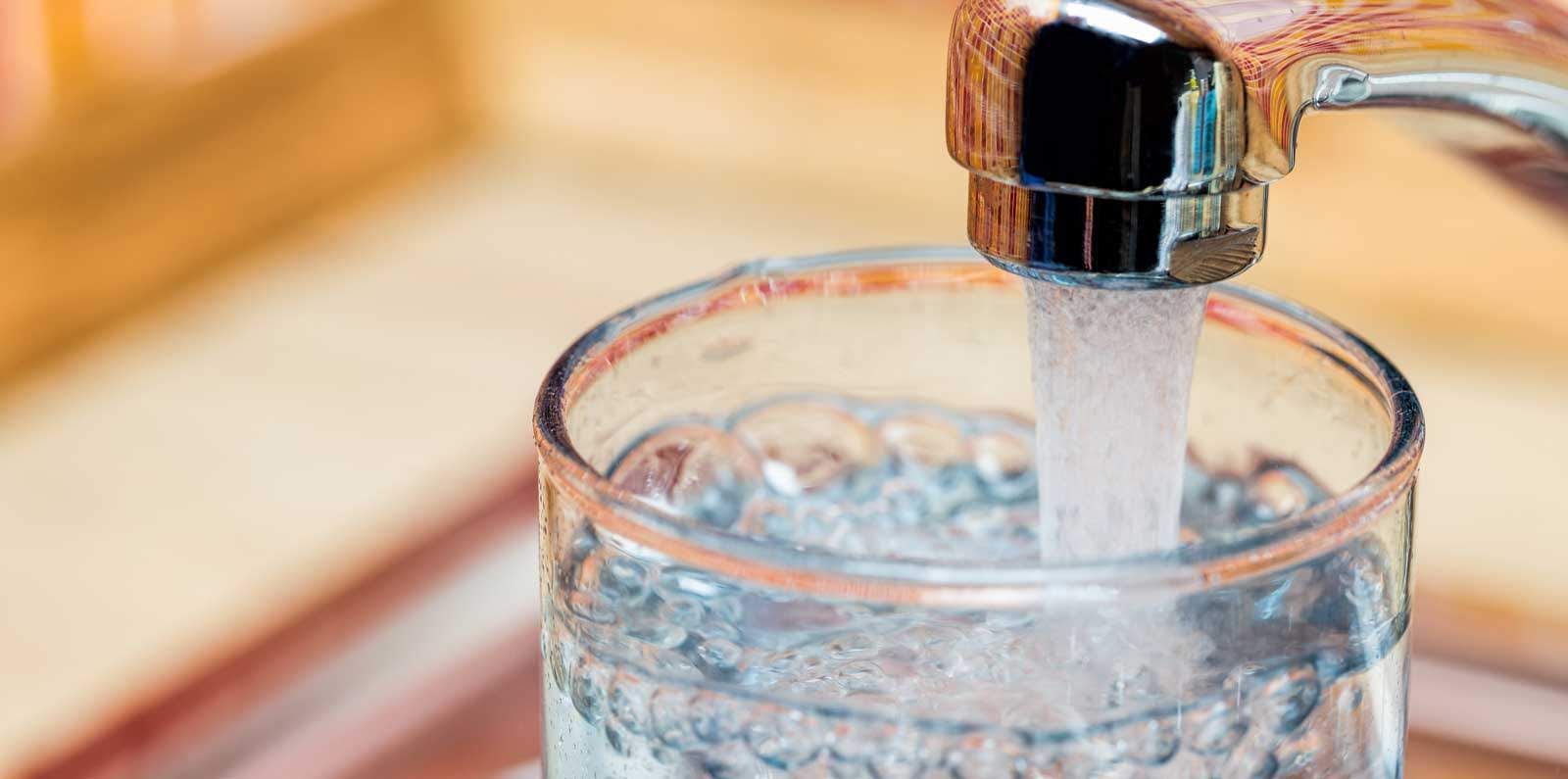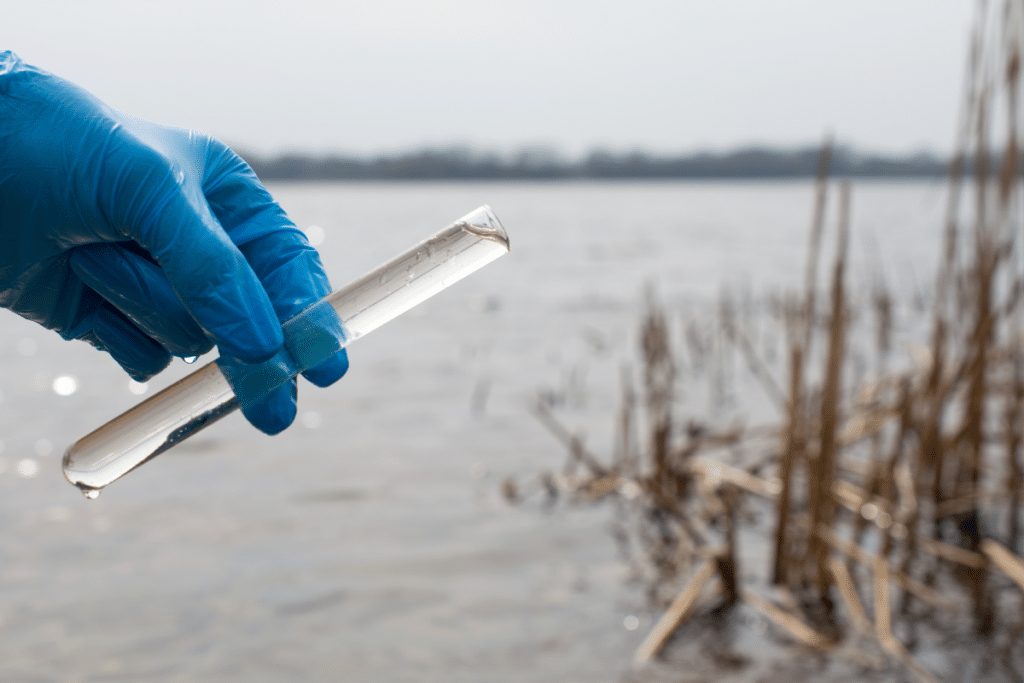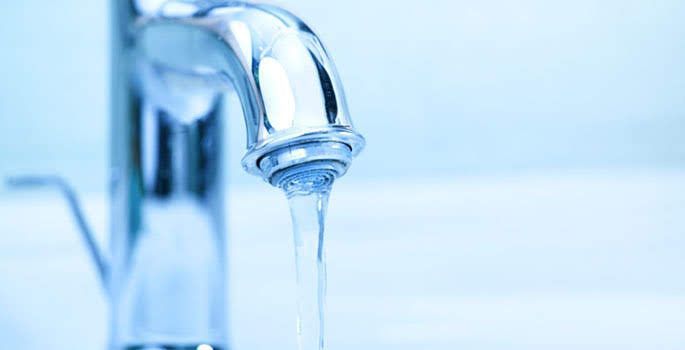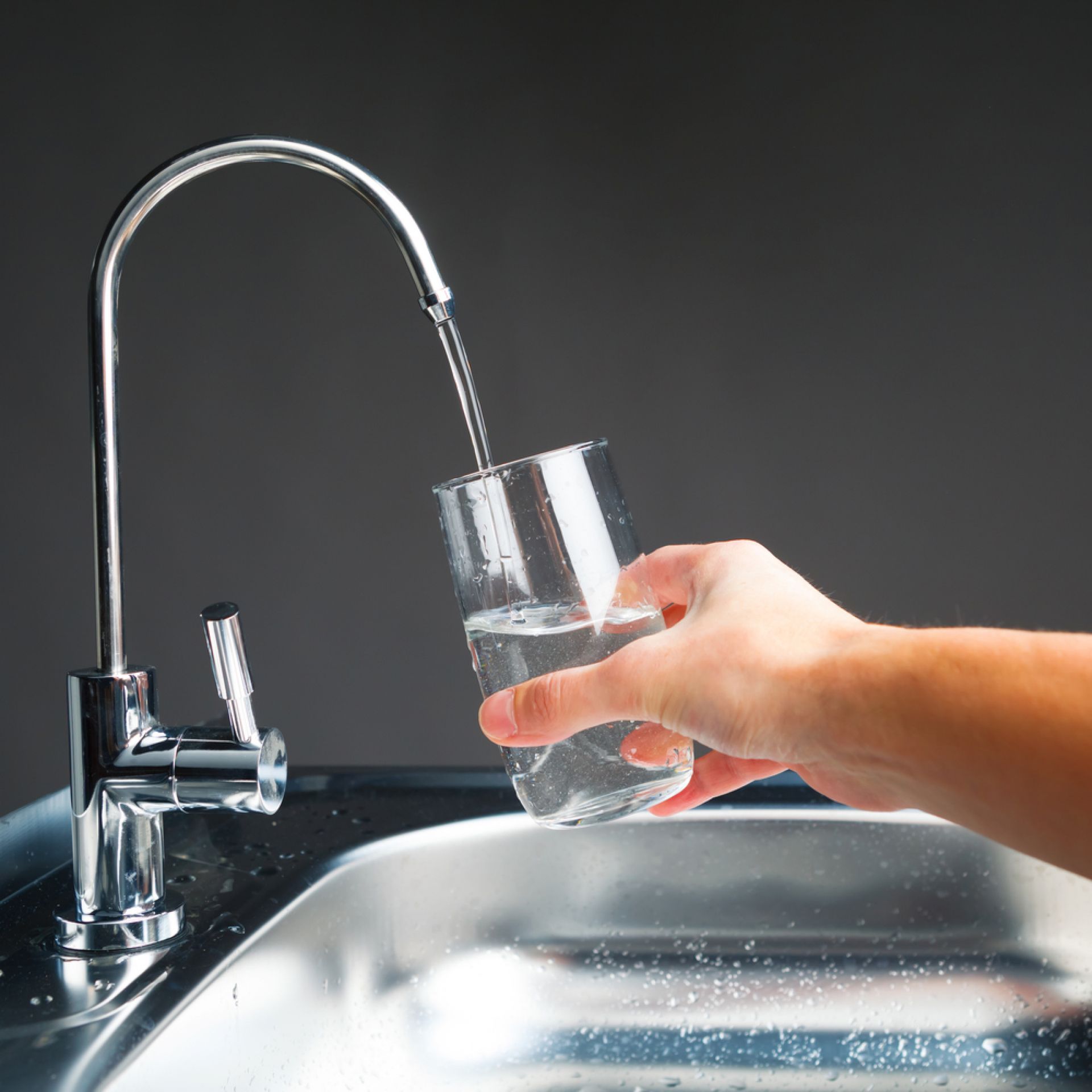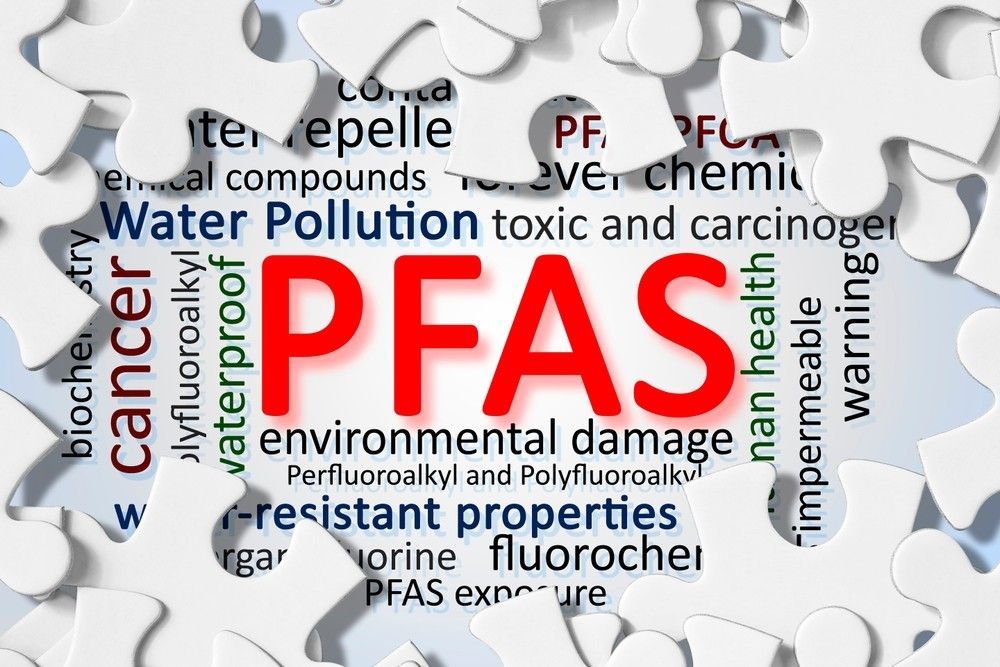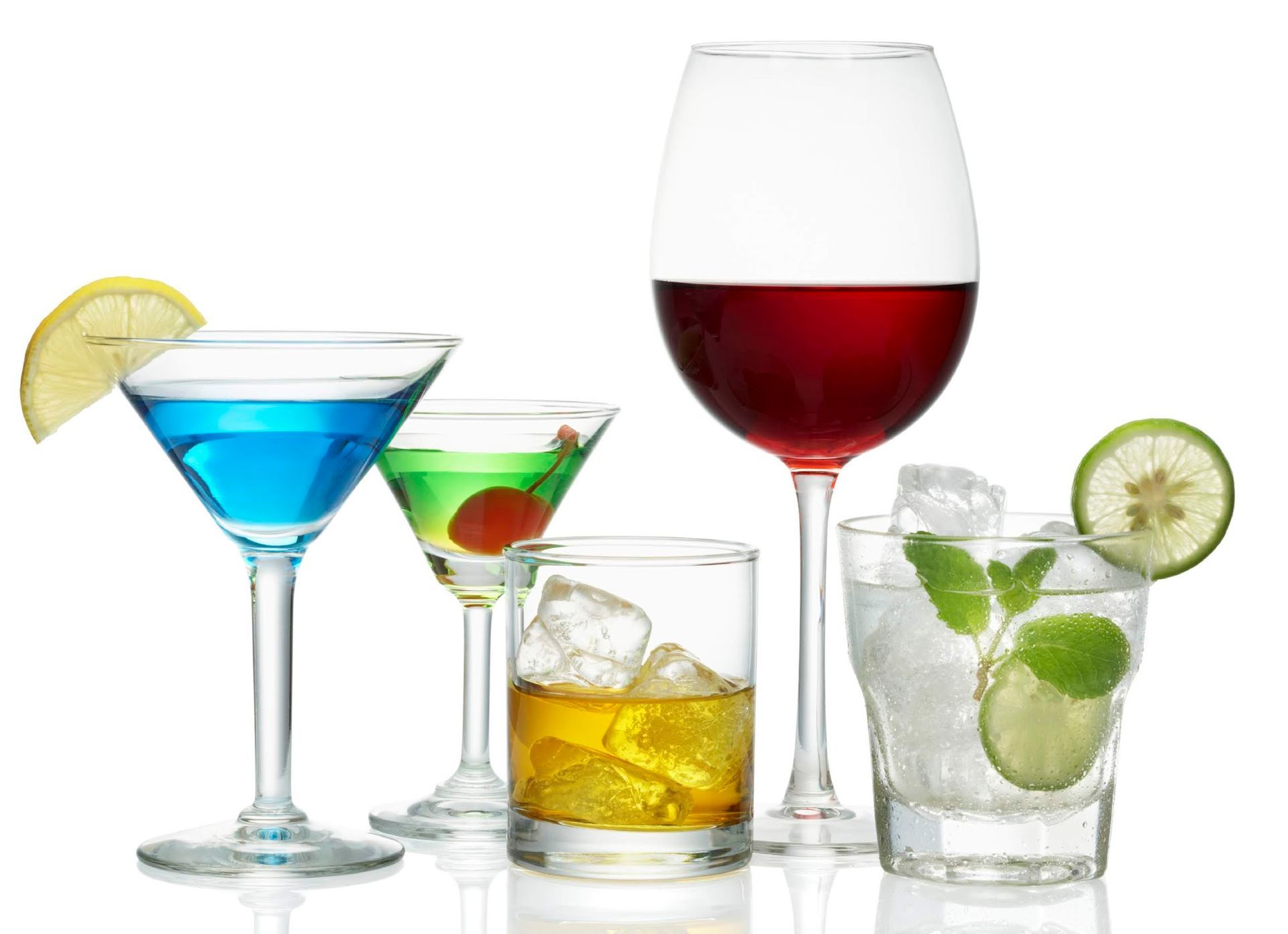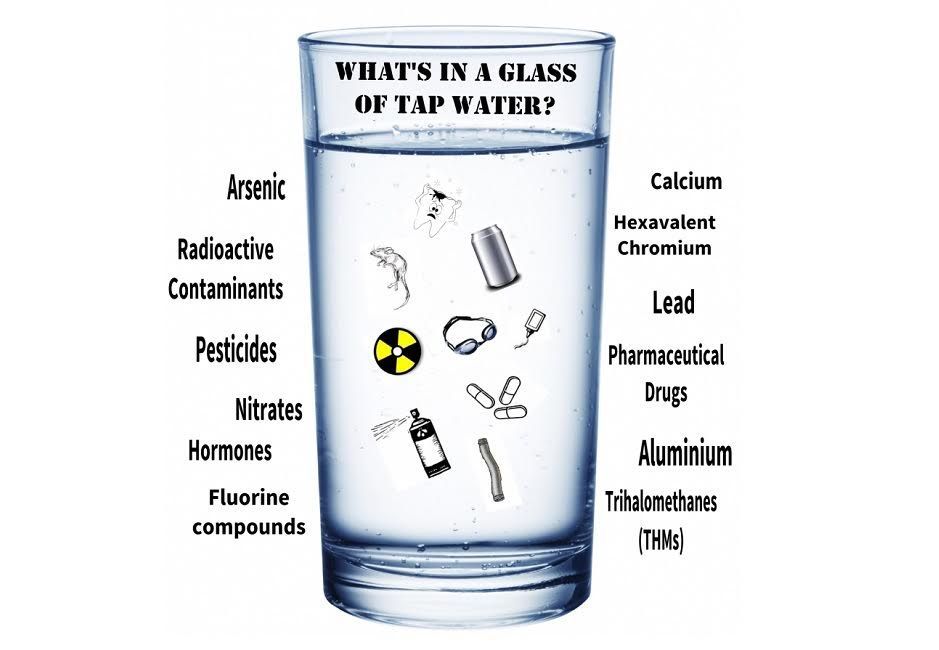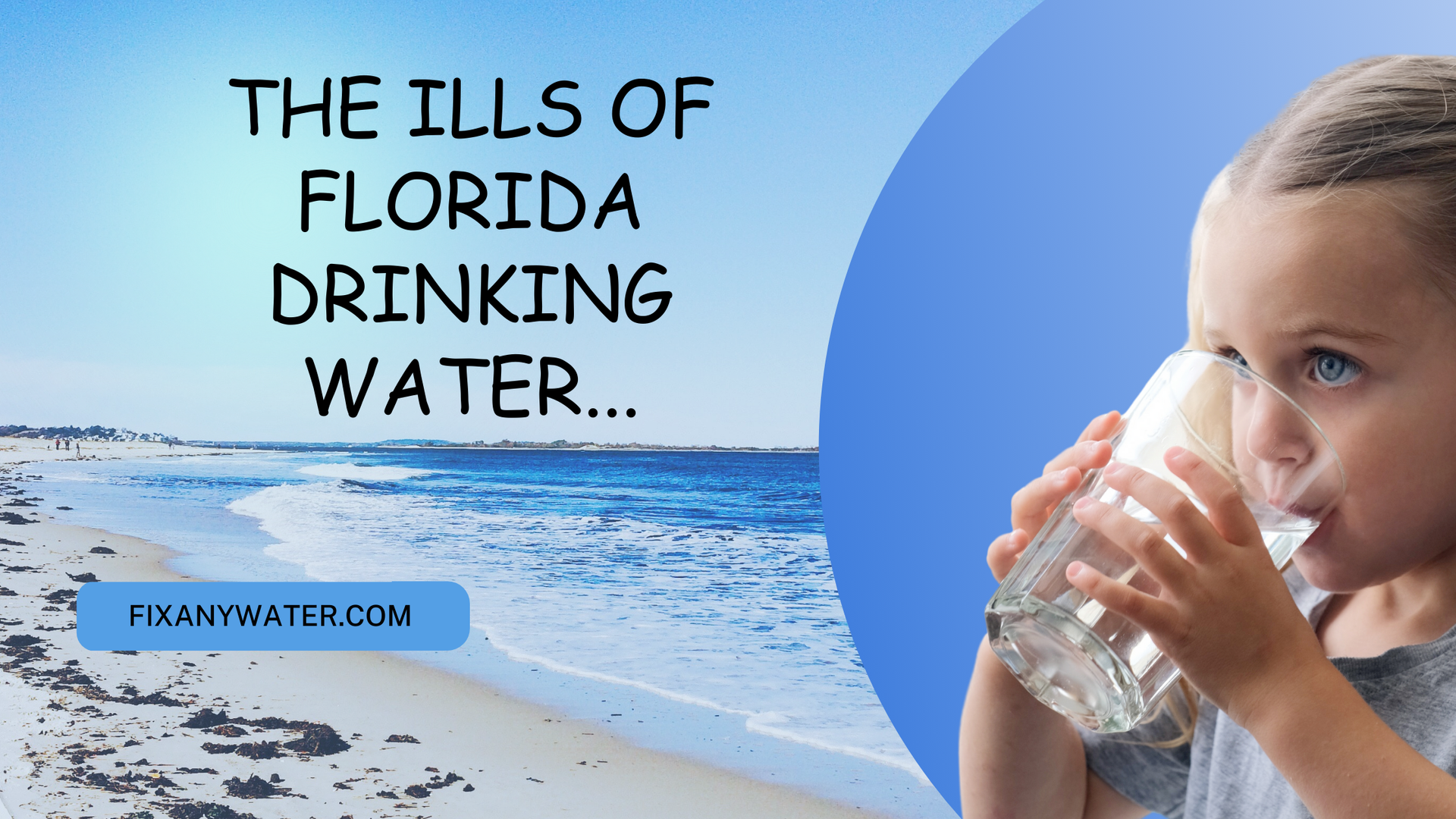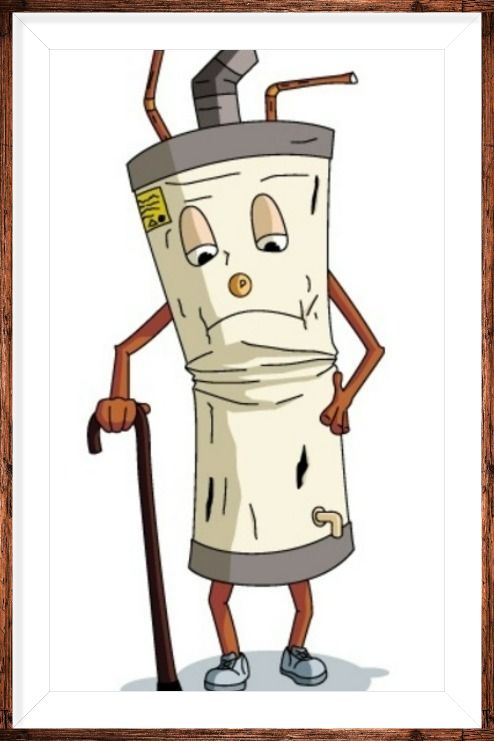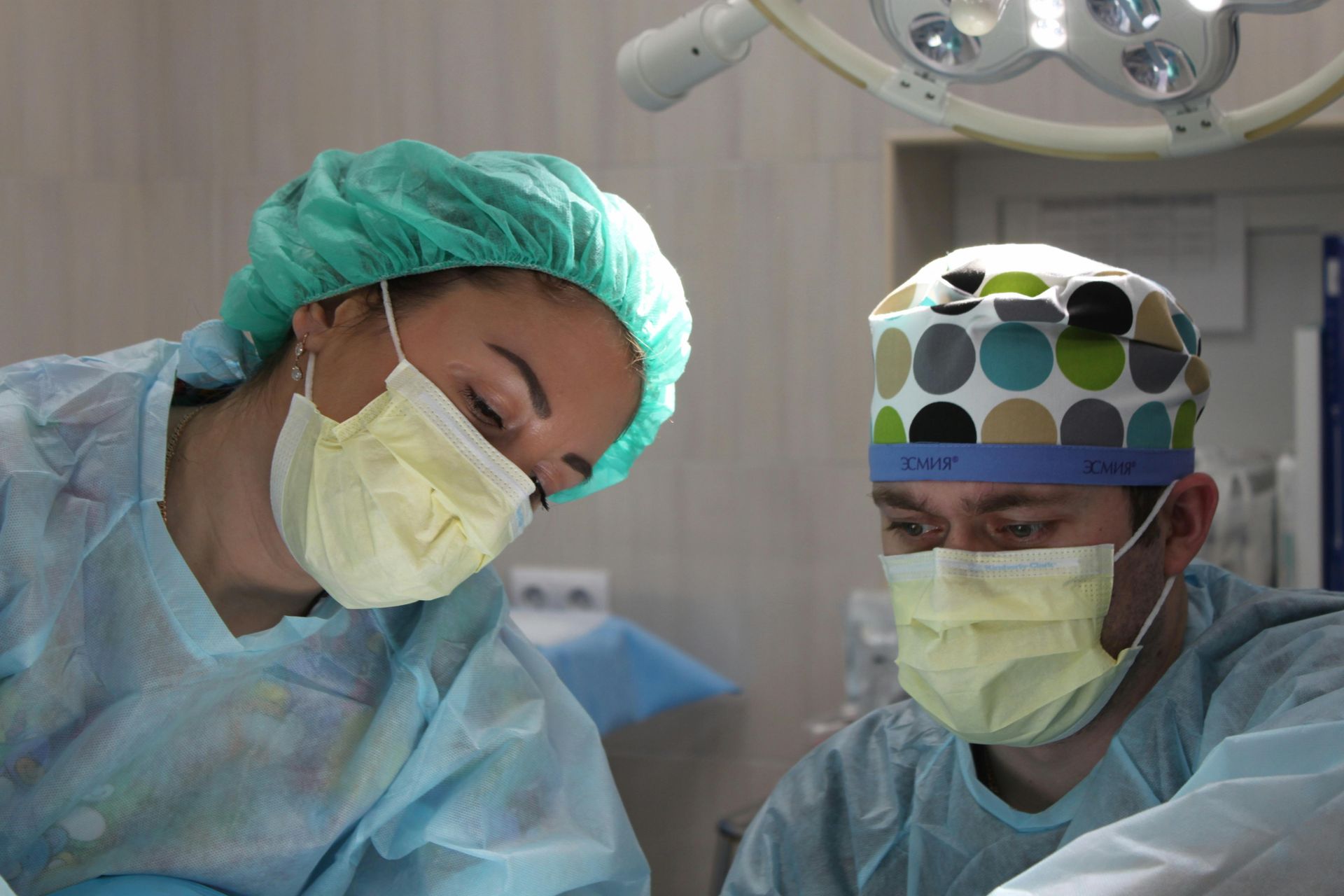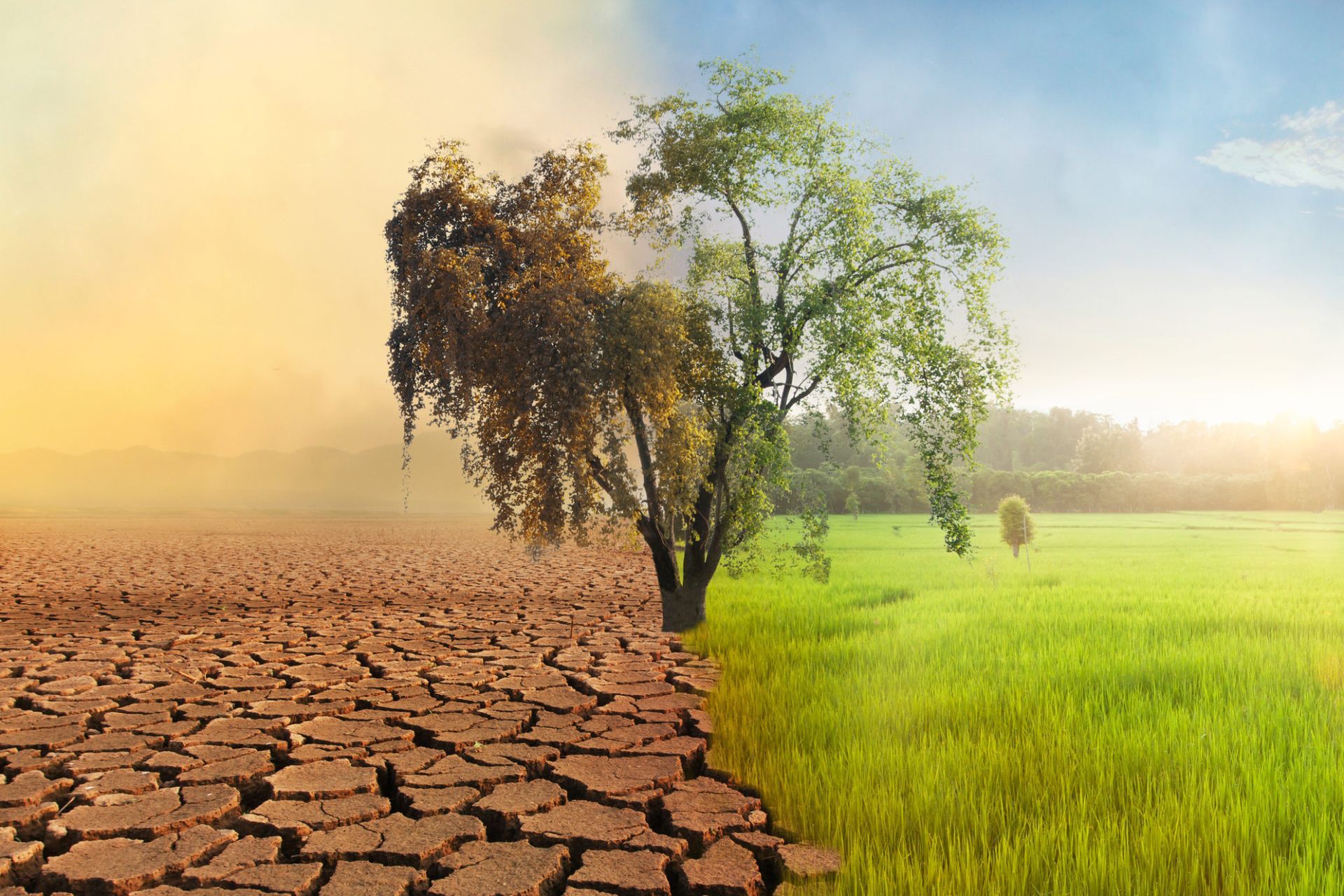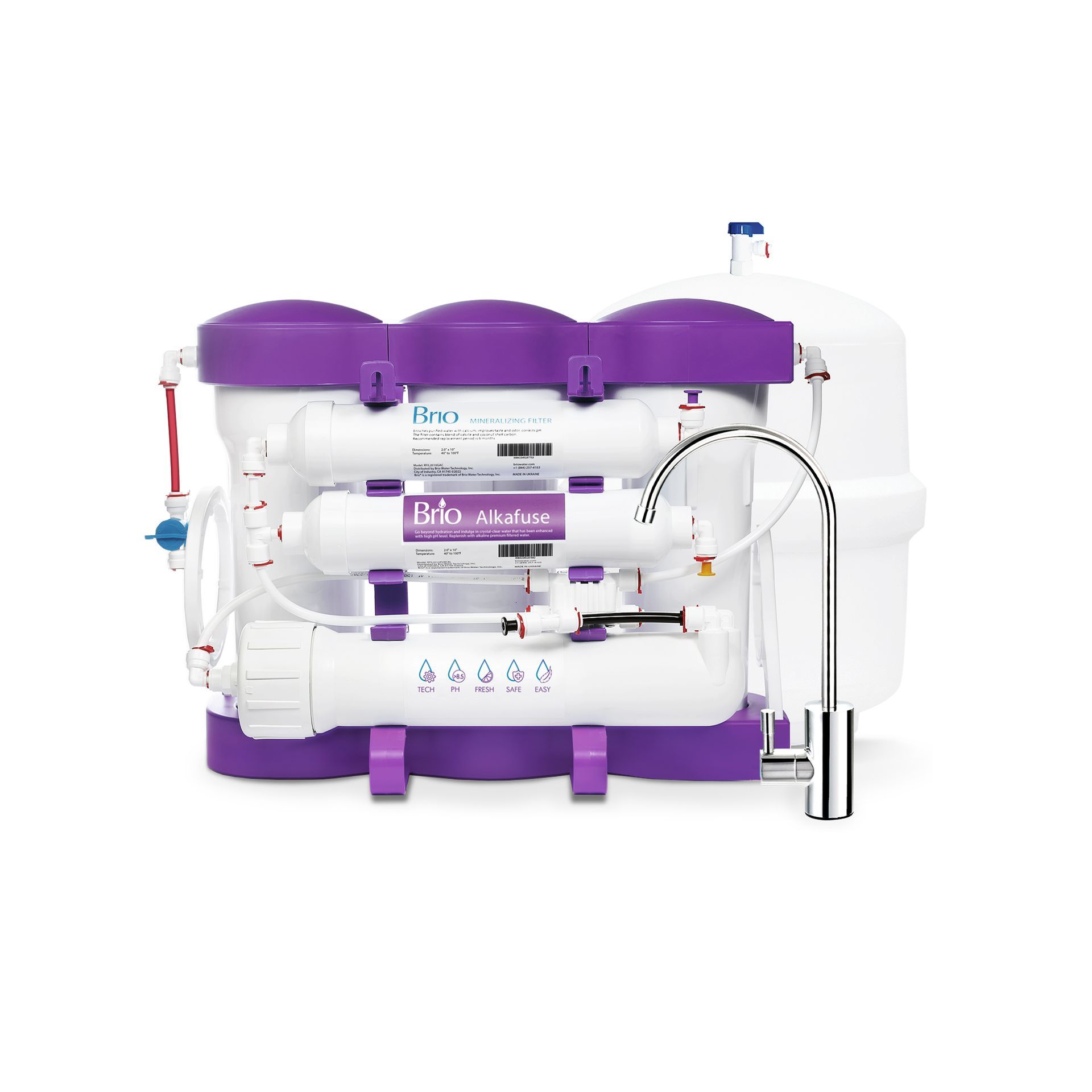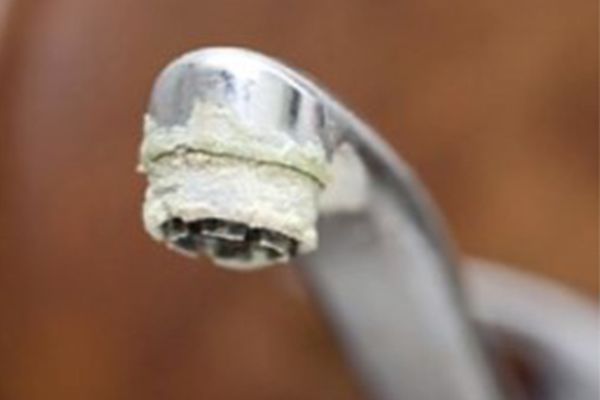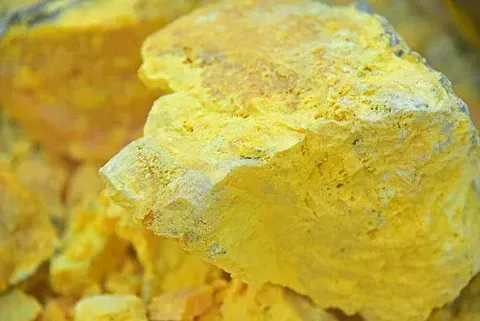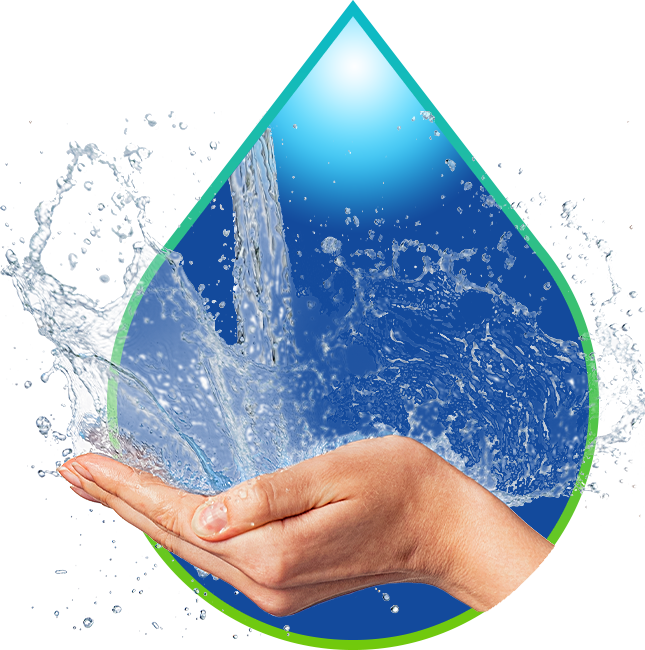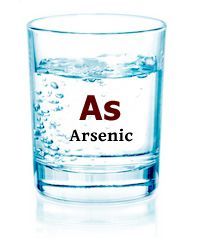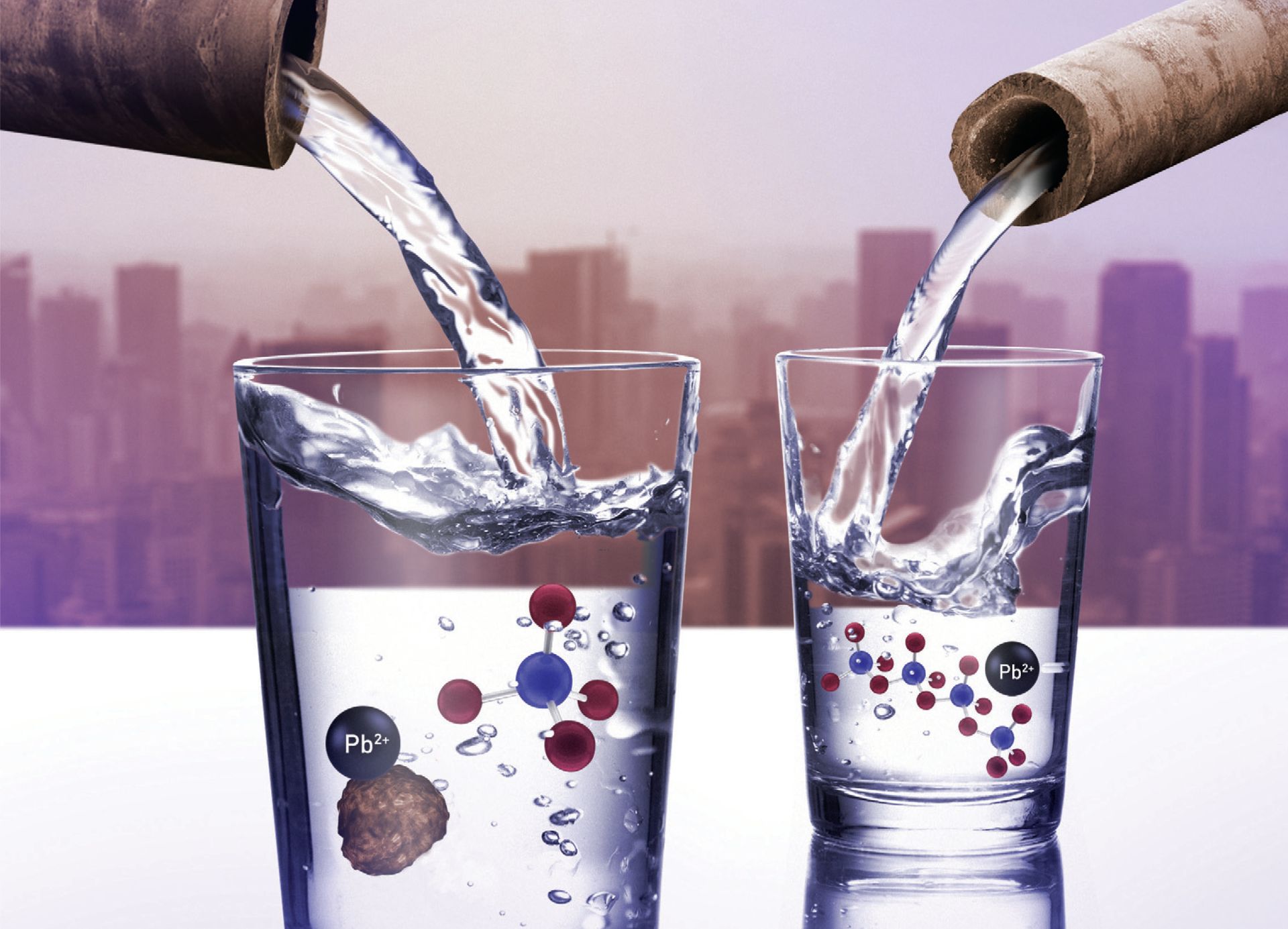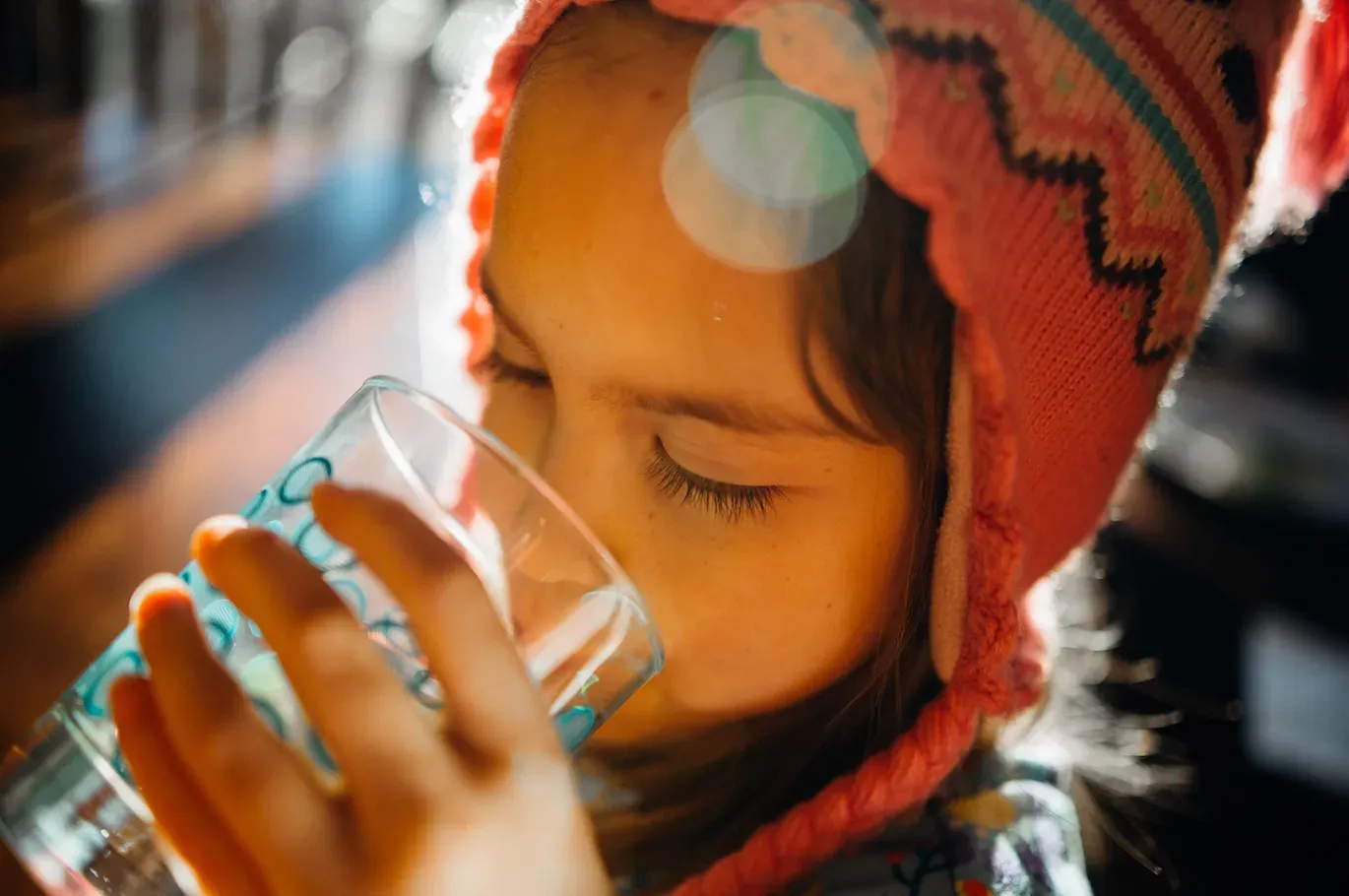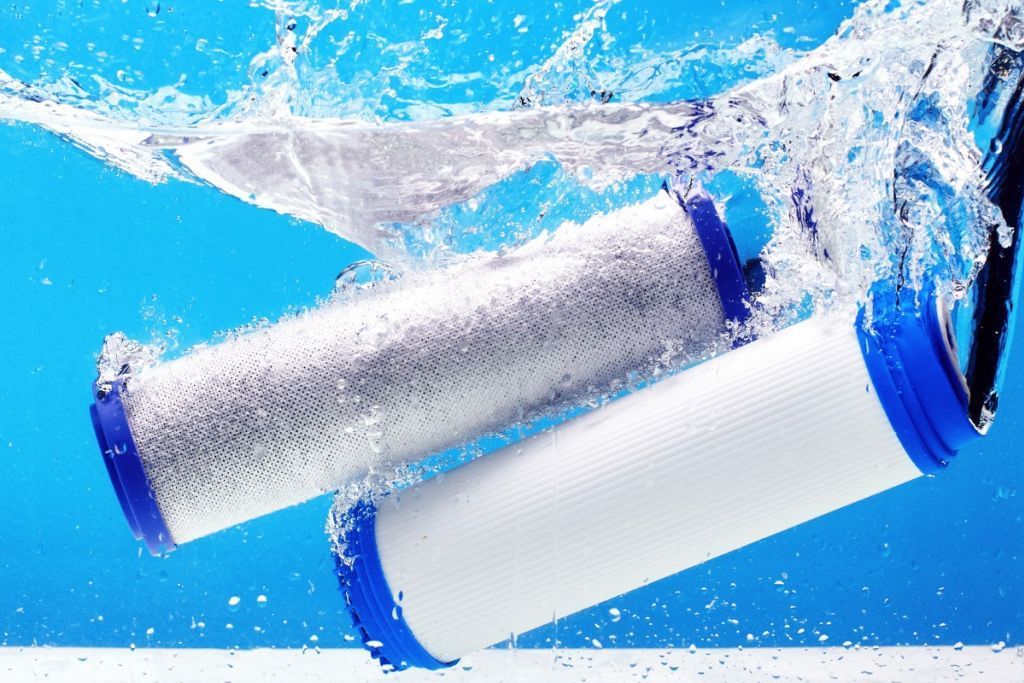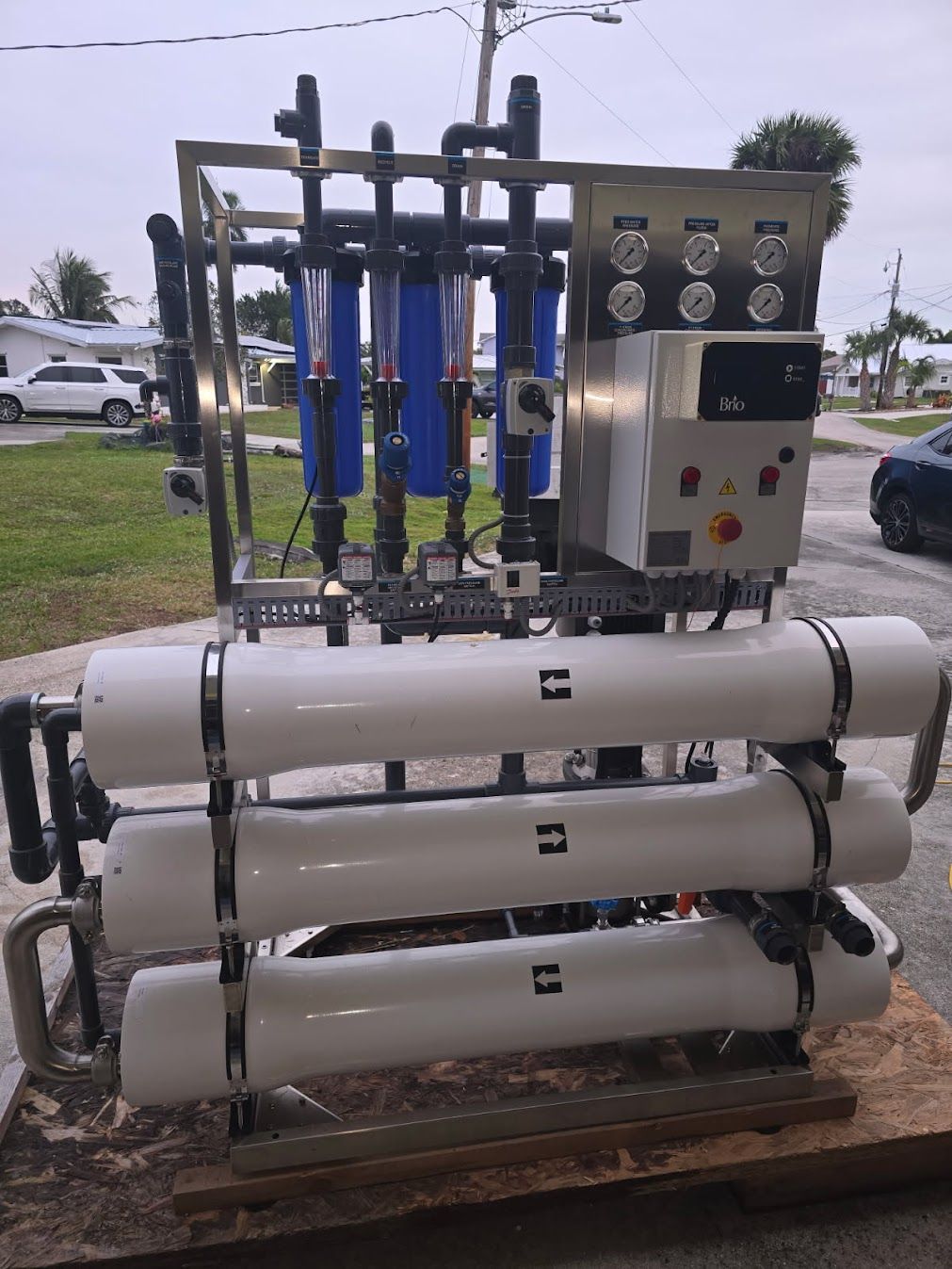By Patricia Verdone
•
July 17, 2025
Water is the foundation of life. For cannabis growers, it's the foundation of the entire operation. Every plant, system, and final product depends on water. But not just any water. It needs to be clean, consistent, and controlled. That’s where water purification comes in. In this post, we’ll break down why purified water is essential for cannabis cultivation and how it can protect your plants, your systems, and your profits. Cannabis Is a High-Value Crop Cannabis isn’t your average houseplant. It’s a high-dollar crop with tight margins and strict regulations. That means everything that goes into growing it—soil, nutrients, air, and water—needs to be of the highest quality. Many growers test their soil. They test their nutrient mix. But some overlook water quality. And that can be a costly mistake. Cannabis Plants Are Sensitive Cannabis is picky. The plants react quickly to stress, especially from what’s in the water. Municipal water often contains chlorine or chloramines. These are great for killing bacteria in drinking water, but they also kill beneficial microbes in soil and hydro systems. Hard water contains high levels of calcium, magnesium, and other minerals. These can cause "nutrient lockout," where the plant can't absorb the nutrients you’re feeding it. The result? Yellowing leaves, stunted growth, and lower yields. Even well water or collected rainwater can carry heavy metals, bacteria, or pesticides. These contaminants can hurt your plants or end up in your final product. Precision Feeding Requires Pure Water Feeding cannabis isn’t guesswork. It’s a science. Growers track pH and EC (electrical conductivity) closely. But when water is full of unknowns, it’s hard to maintain the right balance. Purified water starts at zero. That means growers can add exactly what they want, when they want, with no surprises. This consistency leads to healthier plants and better results, batch after batch. Hydroponic Systems Need Clean Water Hydroponics is popular in cannabis growing for good reason. It saves space, conserves water, and produces big yields. But it also relies heavily on water purity. If you run hard or contaminated water through a hydro system, you’re asking for trouble. Scale buildup from minerals can clog emitters. Biofilm from bacteria can form in reservoirs and tubing. Algae can grow faster than your plants. Clean water keeps the whole system running smoothly. It prevents downtime and cuts down on maintenance costs. That adds up, especially in large grows. Impacts on Processing and Products Water is also used beyond the grow room. It’s also needed for post-harvest rinsing, extraction, and product formulation. If your water carries metals, microbes, or chemicals, those can show up in your final product. That could mean a failed lab test. Worse, it could mean losing licensing or product recalls. Customers expect clean, safe cannabis. Lab testing is strict. States are cracking down. Purified water helps you meet standards and protect your brand. Waterborne Contaminants to Watch Out For Here are just a few of the things that can show up in untreated water: Chlorine and chloramine - kills microbes that help plants grow Calcium and magnesium – causes scale and nutrient lockout Iron and sulfur – stains equipment and affect taste Bacteria like E. coli – a big problem for product testing Pesticides and herbicides – can sneak in from runoff Heavy metals – dangerous to both plants and humans Any one of these can hurt your operation. Together, they can be devastating. Protect Your Investment Water issues don’t just affect your plants. They affect your equipment too. Contaminants lead to scale buildup, pipe corrosion, and system clogs. That means more downtime and higher repair bills. In some cases, it can even void your equipment warranties. Installing proper filtration protects your irrigation, hydroponic, and misting systems. It also keeps chillers, boilers, and dehumidifiers running cleaner and longer. Sustainability and Water Recycling Water is expensive. It’s also a limited resource in many regions. The cannabis industry uses a lot of it. With water purification systems, you can recycle and reuse your water. That’s better for the environment and your bottom line. Reverse osmosis systems paired with UV and carbon filtration can bring used water back to safe, clean levels. Many states are encouraging or requiring sustainable practices. Purified water helps you stay compliant and save money. The Best Water Treatment Methods for Cannabis Every facility is different. But most benefit from these core systems: 1. Reverse Osmosis (RO) Removes up to 99% of total dissolved solids (TDS), including salts, metals, and chemicals. RO is ideal for feeding systems and hydroponic setups. 2. Carbon Filtration Removes chlorine, chloramine, and organic compounds. Essential for protecting microbes in living soil. 3. UV Sterilization Kills bacteria and viruses. A good option for preventing contamination in water storage tanks. 4. Sediment Filters Prevents sand, dirt, and rust from damaging pumps and emitters. We customize these systems based on your grow operation’s size, water source, and goals. Avoid Costly Mistakes Too many growers wait until there’s a problem. They see yellow leaves. They fail a lab test. A pump clogs or a harvest underperforms. Then they investigate the water. Be proactive. Testing and purifying your water up front saves time, money, and stress down the line. Partner with Water Experts At Fix Any Water ~ Safeway Water Technologies, we understand the cannabis industry. We’ve helped growers and manufacturers across Florida and beyond design water treatment systems that improve crop quality, reduce risk, and meet strict regulations. We’ll test your water, identify issues, and build a system that works for your setup, whether you're running soil, coco, or hydro. Residential grow? No problem. Commercial facility? We’ve got you. Our goal is simple: help you grow clean, compliant, high-quality cannabis, one drop at a time. Ready to Get Started? Reach out today for a free water consultation. Let’s talk about your current system, your water source, and how we can help you grow better with cleaner water. 📞 866-928-3795 📧 office@fixanywater.com 🌐 www.fixanywater.com Fix Any Water – Trusted Filtration Experts for the Cannabis Industry.
